Daggers have served humankind for millennia not only as lethal weapons but also powerful cultural symbols.
This comprehensive guide delves deeper into the fascinating history and uses of combat daggers from ancient times to modern special forces.
By understanding their varied designs and cultural significance, readers will gain a newfound appreciation for these simple yet ingenious tools of close combat.
Origins in Prehistory
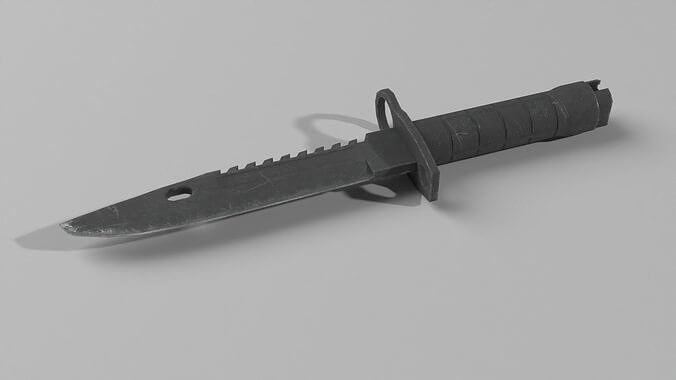
The earliest daggers date back over 30,000 years to the Upper Paleolithic era.
As Homo sapiens developed more advanced tool making abilities, early humans likely fashioned simple daggers from sharpened bones and flint for hunting small game and self-defense against threats like saber-toothed cats.
These rudimentary daggers represent some of the earliest known edged weapons.
As metalworking skills advanced through the Neolithic and Bronze Ages, daggers made from copper, bronze and other early metal alloys became more prominent and durable.
The emergence of specialized metalworking granted daggers sharper, longer-lasting blades that could be expertly shaped.
Double-edged blades specialized for thrusting developed, emphasizing close-quarters lethality over slashing attacks.
Spread and Specialization in Ancient Cultures
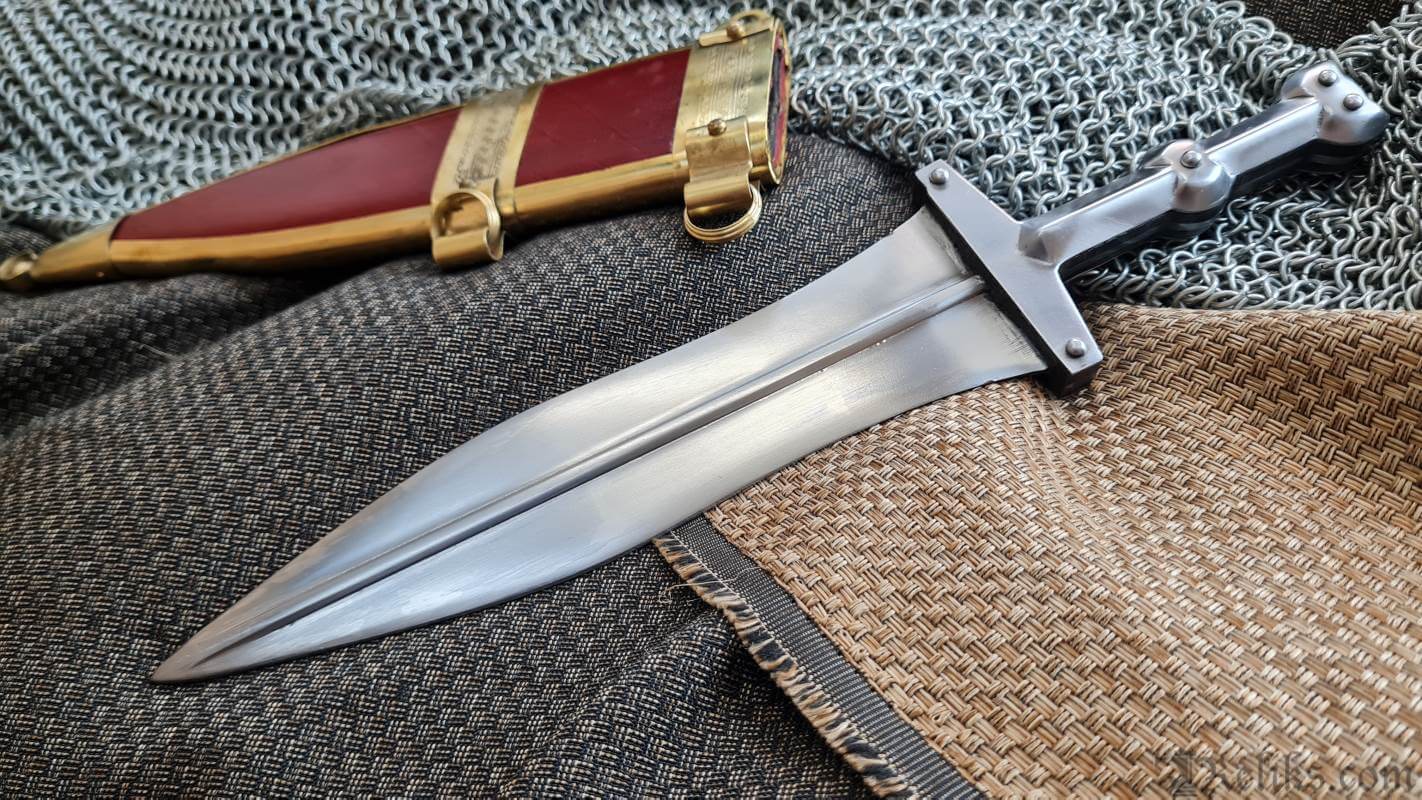
Many ancient societies embraced the dagger for both warfare and cultural significance.
In ancient Egypt from around 3000 BC, distinctive asymmetrical daggers called khopesh evolved, with blade-edges resembling animal or human skulls.
Wielded by pharaohs and soldiers alike, the khopesh blended slashing and stabbing for duels or skirmishes.
The ancient Greeks utilized double-edged iron xyphoi daggers notable for their thrusting effectiveness.
Famous wielders like Spartan warriors prized the dagger’s simplicity and lethality.
Across the Mediterranean, the Romans adopted an iconic straight-edged iron pugio dagger as their basic armament from 300 BC. Simple yet deadly, the pugio remained the backbone of the Roman legionnaire for centuries.
In East Asia, the ancient Chinese jian dagger distinguished itself through an ergonomic hilt, slim profile, and full-tang construction granting impaling versatility.
From 700 BC, Japanese wakizashi and tanto daggers gained renown as their samurai masters refined single-edged thrusting and slashing forms.
Through war and trade, daggers disseminated knowledge of metalworking and fighting techniques across Afro-Eurasia, becoming ubiquitous tools of utility, combat, and cultural pride.
Regional variations evolved for specific needs yet all embodied the dagger’s simple effectiveness.
The Medieval Pinnacle
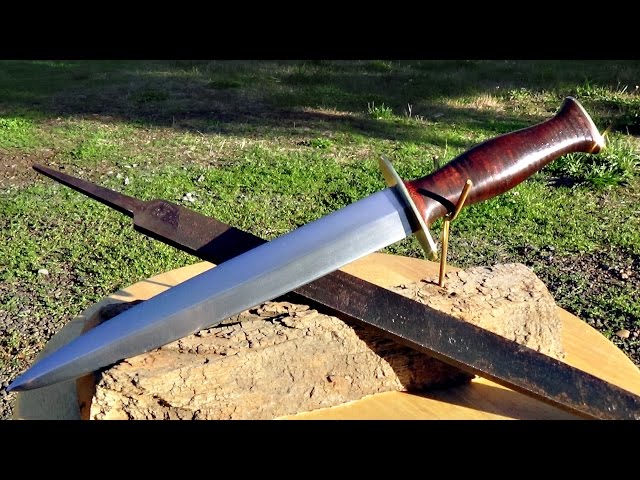
The Middle Ages witnessed a golden age of dagger diversification as metallurgy and sword fighting styles progressed.
Ergonomic dirks in Scotland and Ireland featured crossguards perfect for grappling.
The Swiss Main Gauche dagger complemented rapier combat. German pugnale daggers specialized for wrestling maneuvers.
European Daggers
Ergonomic dirks in Scotland and Ireland featured elongated cross guards and rounded pommels perfect for grappling in close combat.
Worn across the forearm, these dirks afforded protection against an opponent’s dagger while creating opportunities for disarming maneuvers.
The Swiss Main Gauche dagger complemented the increasingly popular rapier.
Worn on the non-sword hand, the 12-14 inch double-edged Main Gauche parried opponents’ thrusts and created openings for ripostes.
German wrestlers favored sturdy pugnale daggers with reinforced crossguards.
Specialized grips allowed techniques like “Mordhau” strikes targeted to stun or cripple opponents on the ground.
Their short blades lent themselves to grappling scenarios.
Italian Renaissance Fencing
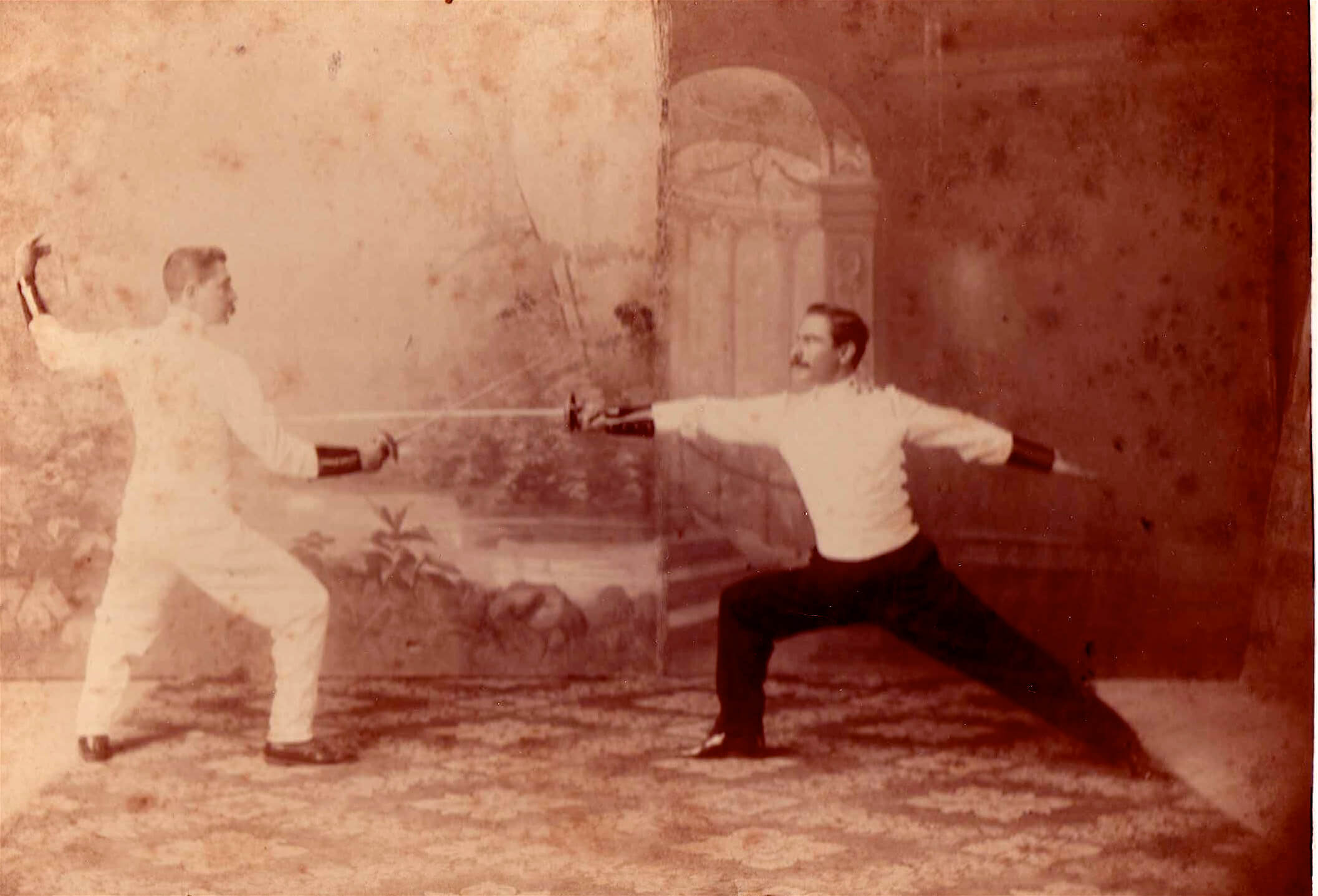
Renaissance Italy pioneered the use of parrying daggers as a key element of complex fencing systems.
These 6-10 inch companion blades were worn on the arm opposite the main sword.
The parrying dagger afforded experts poise and versatility in close quarters.
It could deflect an opponent’s blade to create an opening for the main sword. With practice, duelists learned to parry multiple times in rapid succession, dancing back and forth between blades.
Well-balanced parrying daggers also enabled feints and ripostes.
A skilled fencer might lure out an attack only to slip inside their guard, deflecting with the dagger while delivering a touch with the rapier or estoc against an exposed target.
Armor and Execution
Multi-functional misericordes or “mercy blades” fitted inside late medieval plate armor had a more morbid purpose.
Once aknight was defeated and yielded, protocol required sparing his life. However, captors still faced executing prisoners in a timely manner.
Misericordes ranging from 4-10 inches were cunningly designed to sever the laces holding a captive knight’s helmet in place through the eye slit.
With a single thrust, the executioner could puncture the brain or spinal cord within the armor, sparing further grisly beheadings or limb hackings.
Metallurgy Advances
By the 15th century, advances in Middle Eastern metallurgy birthed some of the strongest yet most finely balanced combat daggers.
Wootz steel – a crucible steel developed in South Asia – provided the perfect mix of strength and flexibility when finished into blades.
Finely etched wootz steel blades tempered through pattern-welding techniques resulted in the prized “Damascus” daggers traded throughout the Islamic world and Europe.
Ripples and swirls evident to this day paid tribute to the metal’s watery origins in their exotic beauty.
The diversity of medieval dagger designs and martial cultures ushered in a renaissance of close combat techniques across Europe and beyond during this period.
Regional variations evolved to suit grappling, fencing and battlefield needs.
Firearms and Cultural Apogee
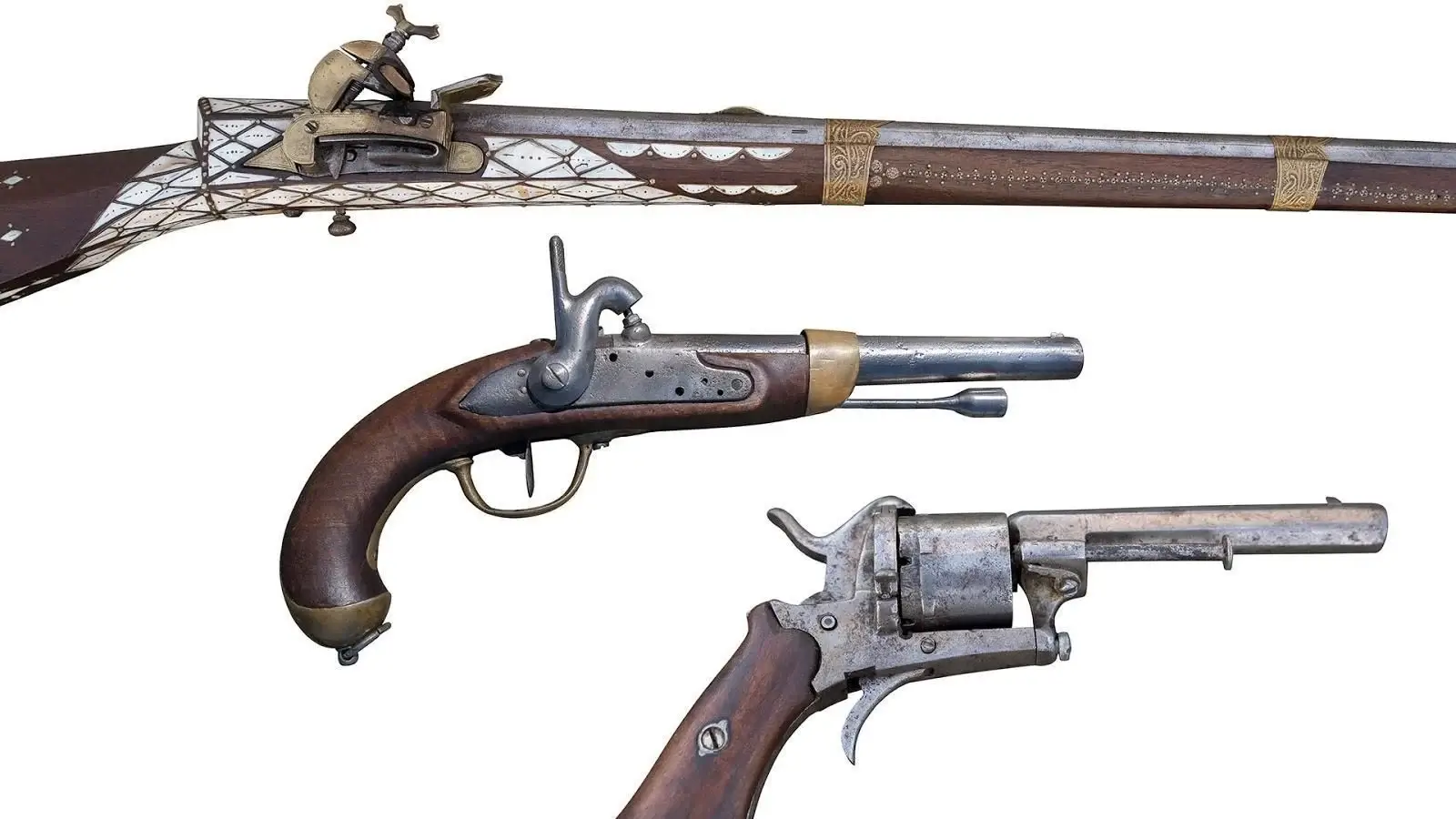
The arrival of gunpowder weapons from the 15th century challenged bladed dominance.
However, firearms were slow to reload, making trained duelists a viable threat.
Renaissance dagger fencers like the Fiore dei Liberi school ensured close-quarter supremacy through complex parrying techniques.
Beyond warfare, the dagger became intrinsic to cultural identity worldwide.
In India, elegantly- curved kris daggers denoted Hindu kingship and Malay heritage.
Scots upheld the Sgian-dubh as their distinctive national dress. Southeast Asians perceived inherent magic within ornate, wavy-bladed kris.
More mundane uses also emerged. Daggers served utensils at the Renaissance table and tools for craftspeople.
Ceremonial gifts like Japanese kaiken short-swords symbolized familial loyalty. Buried in tombs, daggers guarded the departed into the afterlife in many traditions.
The combat dagger’s peak as indispensable arms remained until the 17th-19th centuries.
Musketeers required close protection reloading muzzleloaders.
Colonial frontiersmen like American frontiersmen relied on versatile bowie knives and Native American tribes their distinctive weapon styles.
Sailors endured boarding actions ahorseback their cutlasses.
Industrial Age Refinements
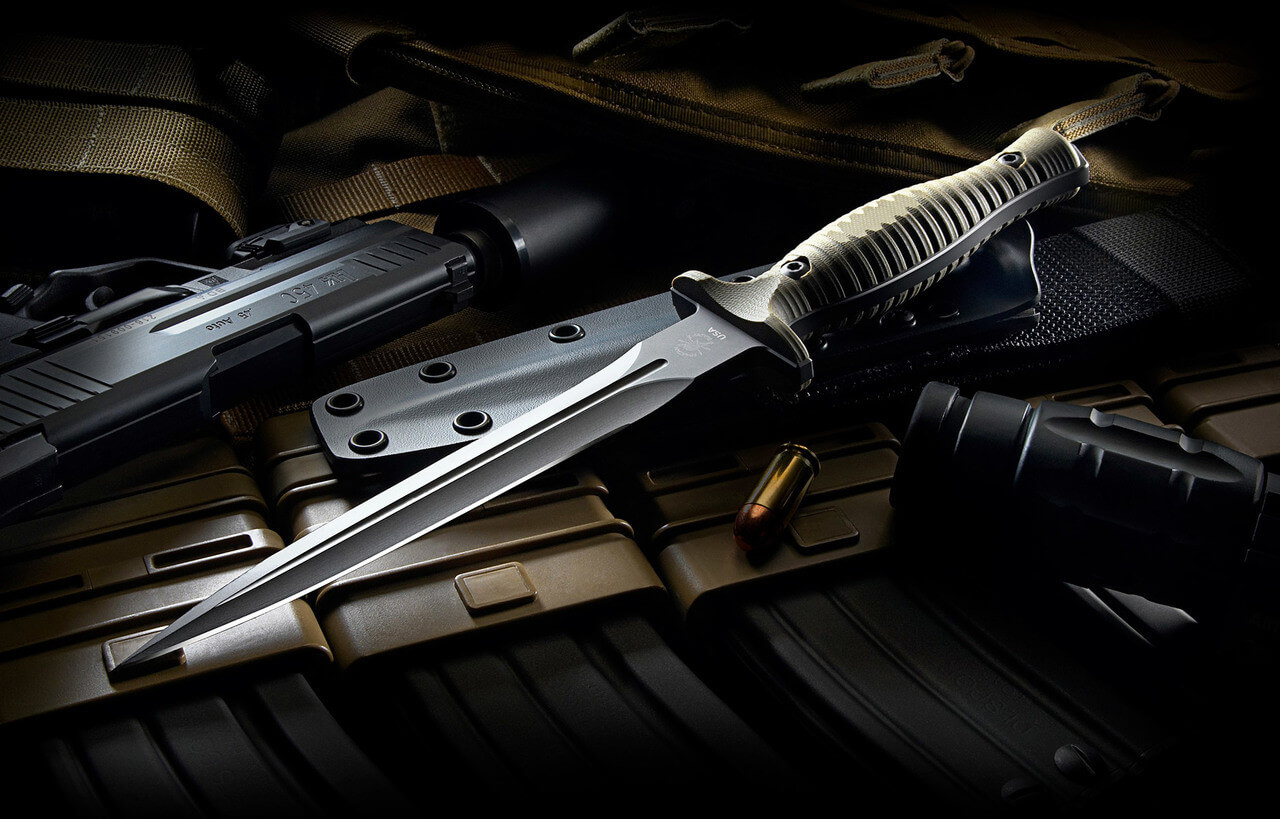
Breakthroughs in steelmaking during the Industrial Age transformed dagger designs yet again.
Mass production techniques allowed for more widespread accessibility, while experimentation with tempering processes produced some of the most legendary combat dagger examples.
The British developed the iconic “Fairbairn–Sykes fighting knife” for commando raiding operations in WWII.
Measuring 10 inches in length with a stabbing-optimized single edge, it epitomized functionality for close-quarters battle.
Deadly and inconspicuous, it remained the standard British combat knife through the post-war period.
Across the Atlantic, the US Marine Corps adopted the 5.5-inch Ka-Bar combat knife in 1942 based on the classic American bowie knife design.
Featuring a clip point blade forged from high-carbon 1095 steel, it offered unparalleled strength, edge retention, and durability.
Housed in full tang black phenolic resin handles, the Ka-Bar’s robust construction suited the demands of jungle warfare in the Pacific.
It remained standard issue USMC equipment through subsequent conflicts like the Vietnam War.
Japanese military forces also placed cultural importance on daggers during the mid-20th century era of conflict.
Pilots flying kamikaze missions towards the end of World War 2 often carried tanto blades embodying Bushido traditions of self-sacrifice and honor.
The tanto served as a talisman as well as a ceremonial weapon for ritual suicide in the face of capture or disgrace.
Cultural Significance
Despite industrialization, daggers endured deep cultural significance worldwide.
In Scotland, the sgian dubh pocket dagger demarcated traditional Highland dress. Its sleek double-edged blade folded discreetly into the sock top for frontier utility.
North African cultures also upheld distinctive dagger traditions.
In Morocco, the jambiya denoted Arab identity and tribal affiliation through its finely crafted silver scabbard and hilt.
Worn at ceremonial occasions and everyday life, it signified honor and manhood.
Ritual and Martial Arts
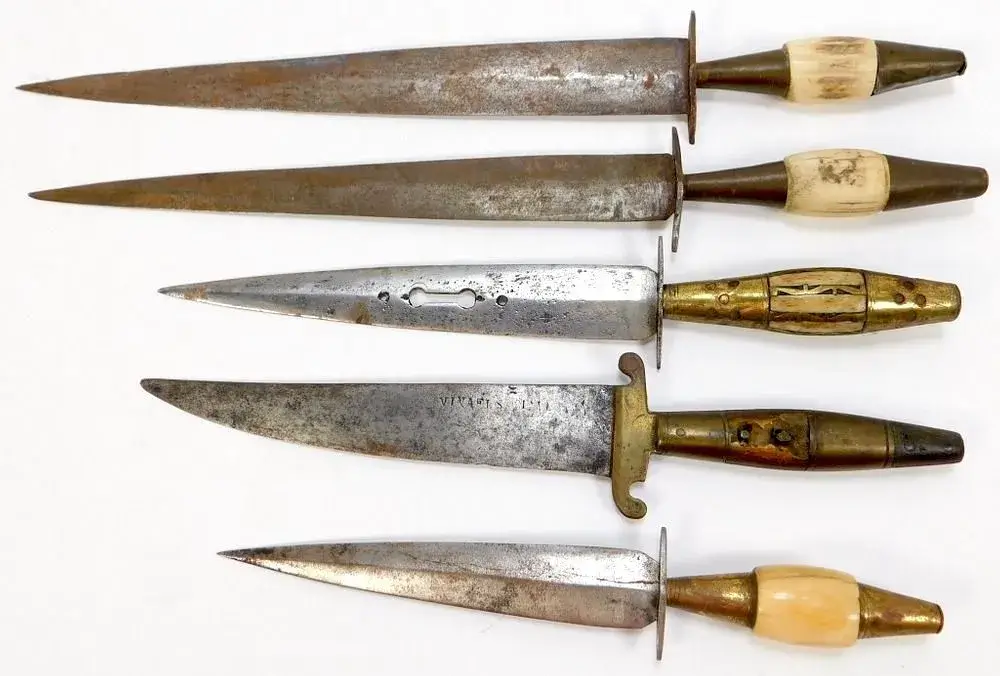
Nowhere held daggers in higher ritual esteem than feudal Japan.
Tanto blades enacted the solemn practice of seppuku – or ritual suicide by disembowelment.
Upon turning 21, samurai performed subdued versions known as genpuku to symbolize entering adulthood.
The knife represented both empowerment and willingness to accept ultimate responsibility through self-sacrifice if disgraced.
Specialized martial arts also emerged around bladed weapons.
Filipino eskrima codified intricate stick and dagger routines combining joint locking techniques with rapid offensive and defensive maneuvers.
Japanese iaijutsu drew and sheathed swords with blinding speed, while koryu traditions preserved esoteric tantōjutsu blade arts.
Modern Applications
While assault rifles and handguns dominate military forces, daggers retain importance.
Special operations units perform specialized “CQC” or close-quarters combat training with daggers to disable threats silently at knife-point or with improvised weapons.
Tactical folding knives like the Cold Steel Recon 1 offer portability and improvisation potential.
Modern combat daggers graft utility onto lethality.
The US OKC-3S fighting dagger features a partially serrated edge for slashing phone lines or seatbelts plus a glass-breaking pommel. Variants fold for covertness.
Israeli combat knives like the IMScombine slashing, stabbing and thrusting profiles.
Beyond warfare, daggers live on through tradition, competition and martial arts.
Poignard fencing preserves Medieval techniques. Scandinavian mäki competitions blend ax throwing with knife skills.
Filipino and Japanese dagger arts master fluid close-range defense. New designs constantly emerge to push craftsmanship boundaries.
Conclusion
In summary, from humble beginnings as prehistoric tools, the combat dagger evolved tremendously yet maintained simplicity, portability and deadly effectiveness in close quarters.
Though specialized firearms dominate battlefields, the dagger transcends mere combat to represent tradition, identity and technical prowess the world over.
Its awe-inspiring adaptations over millennia cement an enduring cultural legacy that make combat daggers apex in the knife world.

